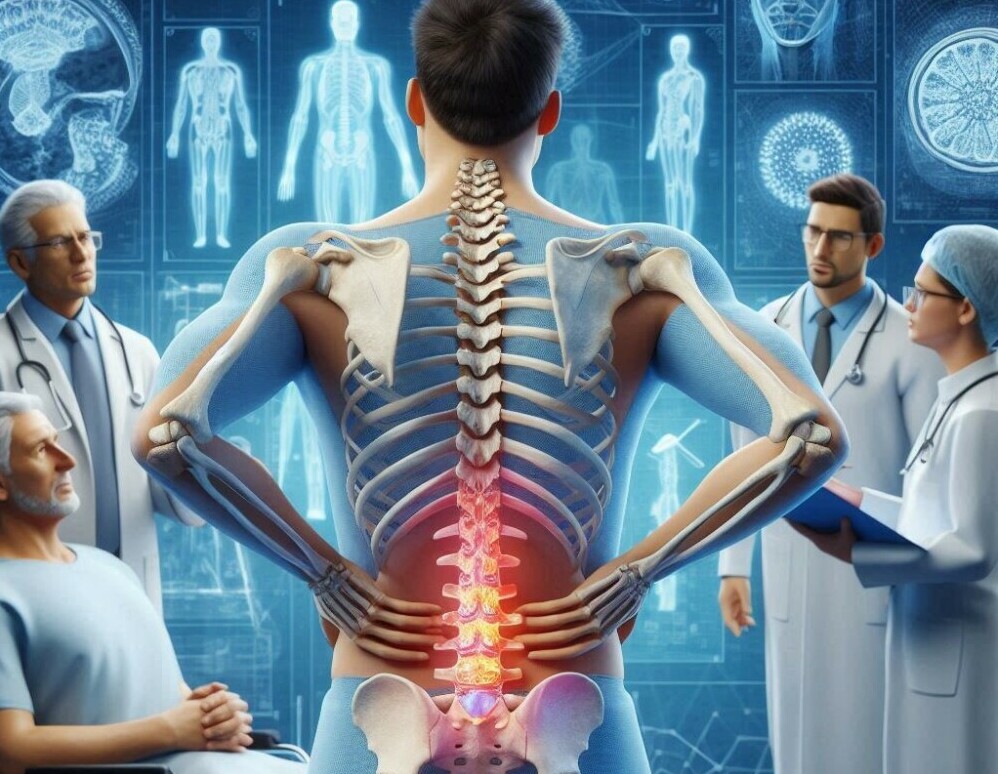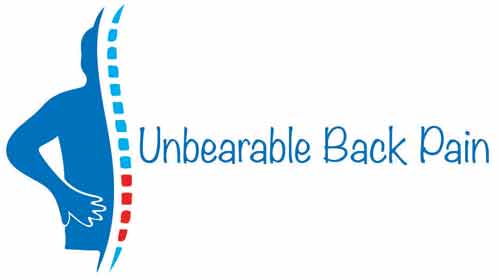
Severe lower back pain is a common issue affecting millions worldwide. Its impact on daily life can be profound, interfering with basic activities and reducing the overall quality of life. Fortunately, numerous strategies for alleviating lower back pain range from professional medical treatments to home remedies and lifestyle adjustments. This article delves into the causes of lower back pain, highlights the importance of seeking professional advice, and explores various remedies and preventative measures.
Lower back pain can arise from a variety of sources. Common causes include muscle strain, herniated discs, degenerative disc disease, and conditions like sciatica. Poor posture, sedentary lifestyles, and injuries can also contribute to the development of lower back pain. The impact on daily life can be significant, affecting the ability to work, exercise, and perform routine activities. Chronic pain can lead to emotional distress, sleep disturbances, and a decreased quality of life.
When experiencing severe lower back pain, consulting a healthcare professional is crucial. A doctor can provide an accurate diagnosis and recommend appropriate treatment options. Ignoring severe pain or attempting self-diagnosis can lead to worsening symptoms and more complex health issues. Professional advice ensures that underlying conditions are identified and treated effectively, reducing the risk of long-term damage.

For mild to moderate lower back pain, several home remedies can offer relief. Engaging in gentle exercises such as walking, swimming, and yoga can help strengthen the muscles supporting the spine. Stretching exercises, particularly for the hamstrings and lower back, can also alleviate tension and improve flexibility.
Applying heat or cold packs to the affected area can reduce inflammation and provide pain relief. Cold therapy is effective in the first 48 hours following an injury to reduce swelling, while heat therapy helps relax muscles and improve blood flow.
Taking short periods of rest can prevent further strain on the lower back. However, prolonged bed rest is not recommended as it can weaken the muscles and exacerbate pain. It’s essential to find a balance between rest and gentle activity.
In cases where home remedies are insufficient, medical treatments may be necessary. Over-the-counter pain relievers such as Nurofen or Cura-Heat Patches can help manage pain and reduce inflammation. For more severe pain, doctors may prescribe stronger medications, including muscle relaxants or opioids, although these are typically used for short-term relief due to the risk of addiction and side effects.
Physical therapists can design personalized exercise programs to strengthen the back and core muscles, improve flexibility, and promote proper posture. Therapists may also use techniques such as ultrasound, electrical stimulation, and manual therapy to reduce pain and enhance mobility.
Surgery is generally considered a last resort for severe lower back pain when other treatments have failed. Procedures such as discectomy, spinal fusion, or laminectomy may be recommended for conditions like herniated discs or spinal stenosis. While surgery can be effective, it carries risks and requires a lengthy recovery period.
Making certain lifestyle adjustments can significantly reduce the occurrence of lower back pain. Maintaining good posture while sitting, standing, and walking helps reduce strain on the lower back. Using ergonomic furniture and adjusting the workstation to promote proper alignment can prevent pain associated with prolonged sitting.
Chronic stress can contribute to muscle tension and exacerbate lower back pain. Techniques such as mindfulness, meditation, and deep breathing exercises can help manage stress levels and promote relaxation.
Using supportive mattresses, chairs, and footwear can prevent lower back pain. Ensuring that everyday activities, such as lifting objects or performing household chores, are done with proper technique can also reduce the risk of injury.
Alternative therapies can provide additional relief for lower back pain, such as acupuncture This traditional Chinese medicine technique involves inserting thin needles into specific points on the body to relieve pain and promote healing. Acupuncture is effective for some individuals with chronic lower back pain.
Chiropractors perform spinal adjustments to improve alignment and relieve pressure on the nerves. Chiropractic care can be beneficial for certain types of lower back pain, particularly those related to misalignment or joint issues.
Therapeutic massage can reduce muscle tension, improve circulation, and promote relaxation. Regular massage therapy sessions can help manage chronic pain and improve overall well-being.
Preventing lower back pain involves adopting a proactive approach to health and fitness. Regular physical activity helps maintain a healthy weight, strengthens the muscles supporting the spine, and improves flexibility. Activities such as walking, swimming, and strength training are particularly beneficial for the lower back.
Excess weight, especially around the abdomen, can put additional strain on the lower back. Adopting a balanced diet and engaging in regular exercise can help achieve and maintain a healthy weight, reducing the risk of back pain.
Dealing with chronic lower back pain can be challenging, and seeking support from others can be helpful. Joining a support group allows individuals to share experiences, gain insights, and receive encouragement from others facing similar challenges. Support groups can provide emotional support and practical advice for managing pain.
Comprehensive pain management programs offer a multidisciplinary approach to treating chronic pain. These programs often include a combination of medical treatments, physical therapy, psychological support, and educational resources to help individuals manage their pain effectively.

When choosing treatment options for severe lower back pain, it’s important to balance effectiveness with safety considerations. While some treatments may offer immediate relief, they may also carry risks or potential side effects. Consulting with healthcare professionals and considering both short-term and long-term implications is crucial. Combining multiple approaches, such as medical treatments, lifestyle adjustments, and alternative therapies, can often provide the best results.
Severe lower back pain requires a comprehensive approach to manage effectively. Understanding the causes and seeking professional advice are essential first steps. Home remedies, medical treatments, lifestyle adjustments, and alternative therapies offer a range of options for alleviating pain and improving quality of life. Prevention and support are also key components in managing lower back pain and ensuring long-term well-being. By exploring and integrating these strategies, individuals can find relief and regain control over their lives.
Here’s a little transparency: Our website contains affiliate links. This means we may receive a small commission if you click and purchase. Don’t worry, there’s no extra cost to you. It’s a simple way you can support our mission to bring you quality back relief content.”



